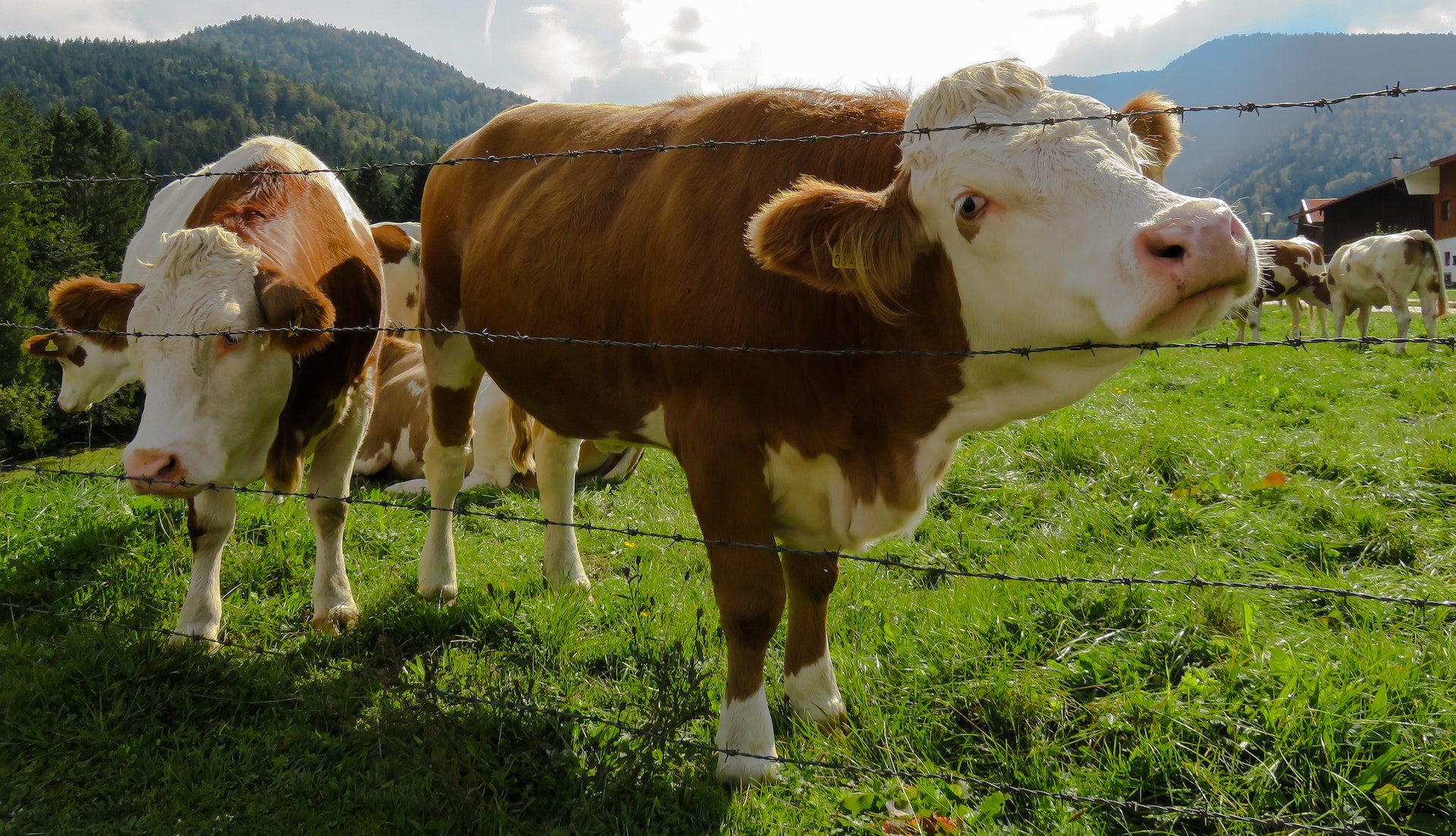5 Hacks to Calculate the Measurements for a Livestock Fence
Livestock fencing is a huge topic, with a wide range of farming practices and styles. In this article, we are going to cover five hacks for calculating the measurements for your property’s livestock fence.
1) Draw Earthworks
To calculate the dimensions of a rectangle, including width and length, divide the area into two halves by drawing two perpendicular line segments on the ground. Lay out a string on the ground. Attach the string to a stake on one end of the rectangle. Stretch the string tight, and tie it to another stake on the other end.
2) Use a Metal Yardstick
Another way to use a string and yardstick is to use the walk-tow-stand (WTS) method to determine the dimensions of fence sections. You can measure the longest side of the rectangle or square and add the widths together. Then measure in from the longest side at each of the four corners. Draw lines on each corner and a line from each line to the other corner. Calculate the length for each side by measuring from one end to the other and dividing by two.
3) Use an A-Frame
You can also build an A-frame out of wood. Then use a rope tied to the top two corners to form the right-angle framework. Put the frame on top of one corner of your diamond or rectangle, and move it so that it is positioned with its base on the ground. Use a plumb line to determine where you should align the strings. Make sure you are holding the plumb line far enough from your corners so it is plumb and not just level with them. Then stretch the rope to its full length and place a stake in the middle of each side. See If You Can Build A Fence with this A-Frame Hack
4) Paint-Mate the Fence
This method is useful when you are dealing with irregular shapes. In fencing with a neighbor, Mark turned me to this method. Mark would lay out two lines perpendicular to each other and draw a smooth curve of the fence. He would then paint-mate the lines to get rough dimensions. This method would be useful to mark out the shape of the curve on a wall before you start painting.
5) Use a Piece of Paper
To determine the length of a fence, lay out two lines on paper. Then fold the paper in half. Draw another line equal to one-half of the distance between the lines you have drawn. Mark off one inch for every foot, and then use a yardstick to measure the distance between the lines in relation to your yardstick’s length. Or use a ruler, but remember that a ruler must be placed parallel with your yardstick, or it will not give accurate results because of parallax error.
In conclusion, there are many methods for calculating the dimensions of your fence. If you haven’t done so, take one of these approaches and let us know how it worked.



